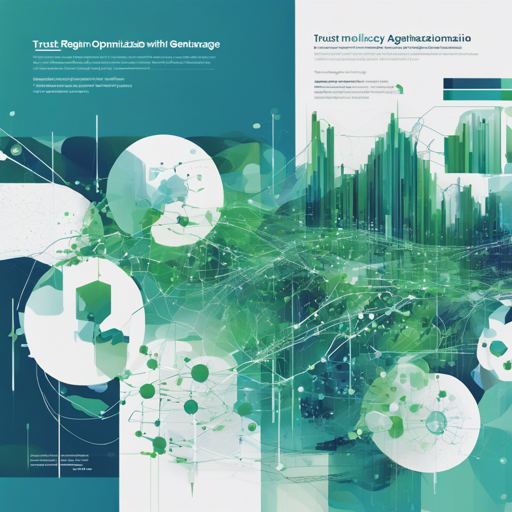In this blog, we’re diving deep into a fascinating project that tackles complex environments using Trust Region Policy Optimization (TRPO) with Generalized Advantage Estimation (GAE). This project aims to achieve top-tier AI performance across various robotic control scenarios without hand-tuning parameters. How do we accomplish this? Let’s explore the journey!
What’s the Goal?
The primary goal of this project is to apply the same algorithm to solve 10 different robotic control environments efficiently. Imagine a chef who, instead of modifying the recipe for each type of dish, finds a universal recipe that can adapt to various ingredients! In our context, each environment presents a unique set of challenges, from simple control tasks like the cart-pole problem to complex humanoid operations with multiple joints and variables.
Why the Change from MuJoCo to PyBullet?
With the release of TensorFlow 2.0, the project has transitioned from the paid MuJoCo simulator to the free PyBullet simulator. This transformation not only makes it accessible but also opens doors for better experimentation without the constraints of licensing fees. Think of it as upgrading from a gourmet kitchen to a fully-equipped professional kitchen, providing all the tools without the additional cost!
How Does It Work?
At the core of this project are the following components:
- Trust Region Policy Optimization: This is like a navigator that helps the AI make controlled and safe changes to its strategy based on past experiences.
- Neural Networks: The value function is approximated with three hidden layers using tanh activations to process and learn from complex inputs.
- Multi-variate Gaussian Policy: The policy itself is structured as a Gaussian distribution, shaping the robot’s movements based on observed states.
- Generalized Advantage Estimation: This technique helps stabilize updates, providing clear pathways for improvements during training.
python train.py InvertedPendulumBulletEnv-v0
python train.py InvertedDoublePendulumBulletEnv-v0 -n 5000
python train.py HalfCheetahBulletEnv-v0 -n 5000 -b 5Understanding the Code: An Analogy
Let’s visualize the code snippets provided:
Code Explained
Think of the code as a series of instructions for a robot to improve its training exercises. Each line represents a decision point:
- InvertedPendulum: This is like teaching a robot to balance on a pole. The instruction runs the training sequence for this specific environment.
- InvertedDoublePendulum: Now, we’re asking our robot to handle a more complex challenge—another pole on top of the first one, which tests its balancing skills even more.
- HalfCheetah: Finally, training the robot to mimic the swift movements of a cheetah requires numerous iterations to perfect its running gait.
Dependencies You Need
The success of this project hinges on some essential dependencies:
- Python 3.6
- Common Libraries: numpy, matplotlib, and scipy
- TensorFlow 2.x
- Open AI Gym: Follow the installation instructions.
- PyBullet: Install the physics simulator via PyPI.
Troubleshooting
If you encounter issues during installation or running the code, consider the following troubleshooting tips:
- Ensure all dependencies are properly installed—sometimes, a simple missing package can cause everything to falter.
- Check your TensorFlow version; the project is designed specifically for TensorFlow 2.x, and having an earlier version may lead to incompatibilities.
- Examine the environment setup; it’s crucial that you’re executing the correct environment parameters.
For more insights, updates, or to collaborate on AI development projects, stay connected with fxis.ai.
Final Thoughts
Throughout this project, we witness how cutting-edge AI techniques can be applied to complex control tasks without extensive manual tuning. The methodology explored illustrates the talent for development and efficiency that AI brings into the realm of robotics.
At fxis.ai, we believe that such advancements are crucial for the future of AI, as they enable more comprehensive and effective solutions. Our team is continually exploring new methodologies to push the envelope in artificial intelligence, ensuring that our clients benefit from the latest technological innovations.

